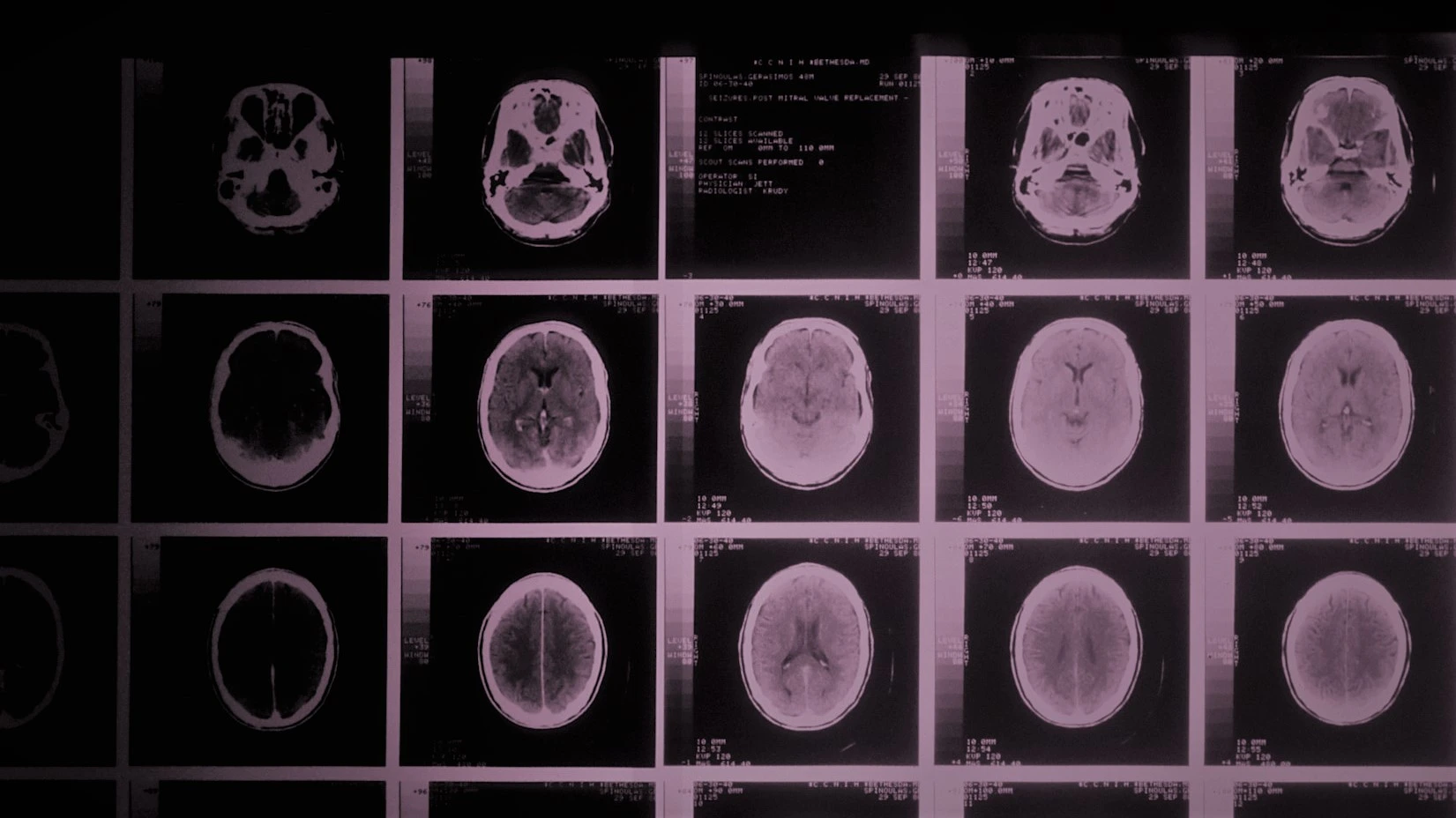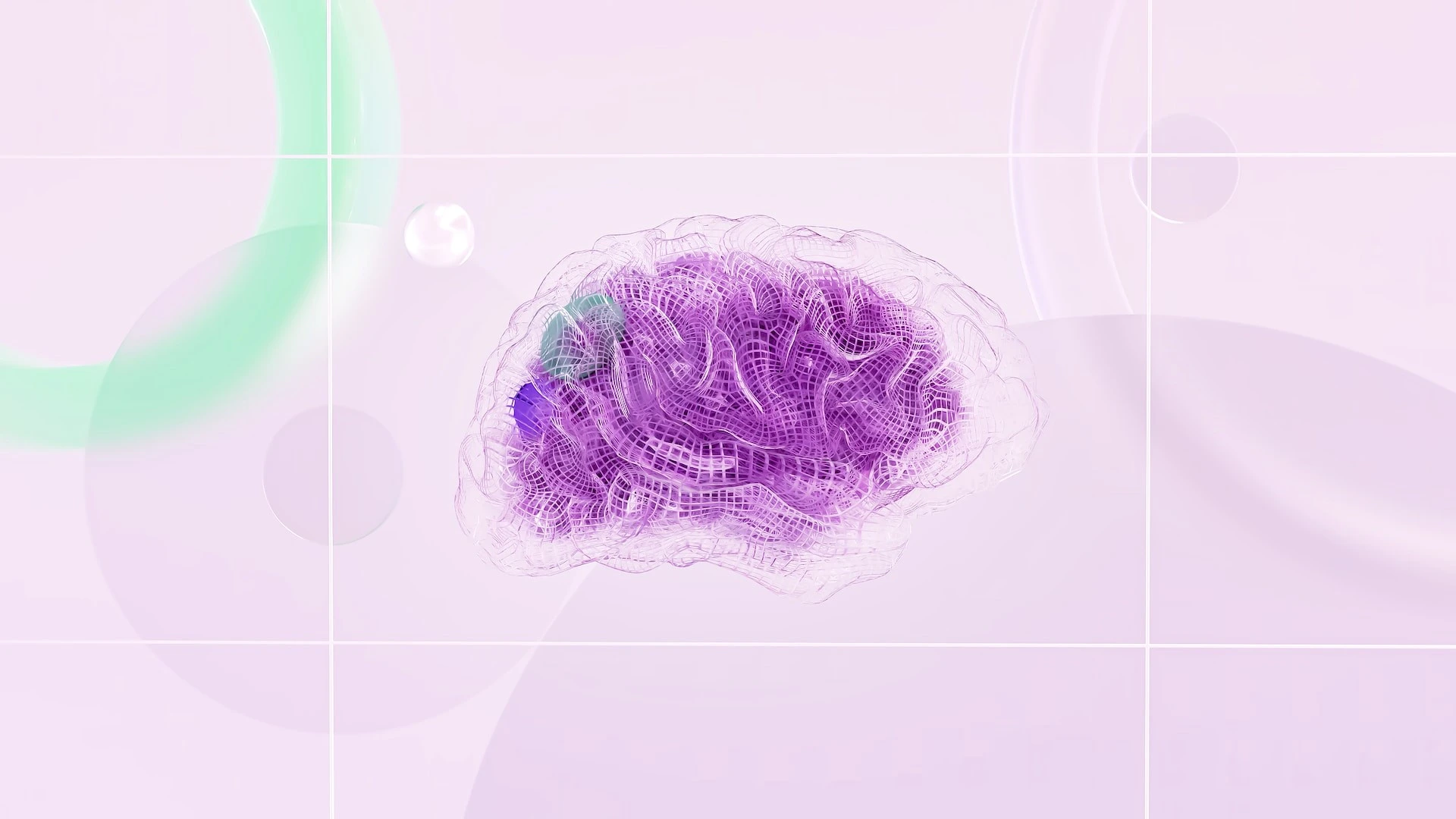The World AI Cannes Festival is back Feb 8-10 and we're there! See live updates on what's new in AI this year
%402x.svg)
.svg)
Generative AI is poised to change society as we know it. From creating new antibodies and passing bar exams to winning art competitions and diagnosing patient symptoms, generative AI is revolutionizing the way humans interact with technology.
In healthcare, generative AI has the potential to accelerate the transformation of an entire industry. AI can demystify complex patient diagnoses, provide timely and insightful information while reducing administrative burden for physicians, and improve the accuracy and speed of insurance claims.
By generating new healthcare data solutions, along with harvesting insight from volumes of historical data, AI can help patients and providers make better decisions, reduce costs, improve member experiences, and lead to better overall.

To identify new potential use cases for healthcare, it’s important to understand the benefits of generative AI in comparison to traditional AI use cases, such as chatbots and virtual assistants. These include:
Given the massive amounts of data the healthcare system handles, including claims data, population data, clinical data, health records, and images, the industry is ideal for automated processes. But how can generative AI go further than the existing AI use cases?
One of the most promising applications of generative AI in healthcare is in the area of medical diagnosis. By analyzing large amounts of medical data, generative AI can identify patterns and trends that would be difficult or impossible for humans to detect. That helps providers diagnose diseases earlier and more accurately, leading to better outcomes for patients.
Generative AI can also be used to create personalized treatment plans for patients. By taking into account a patient's medical history, lifestyle, and preferences, AI can generate treatment plans that are more likely to be effective. That means targeted care management, improved outcomes, and a reduced cost of care for the patient and their insurer.
In addition to diagnosis and treatment, generative AI can also be used to improve operational efficiency. For example, providers can use AI to automate tasks such as scheduling appointments, managing patient records, and generating billing reports in ways that go beyond traditional robotic process automation (RPA) by including prioritization needs and other factors.
Here are a few potential provider use cases that use AI to deliver deeper insights and efficacy:
Generative AI can help healthcare providers:
Generative AI can amplify traditional AI-enabled uses cases to furthe reduce healthcare costs by:
Generative AI can supply providers with access to information and insights in areas like:

Generative AI makes it easier than ever for insurance payers to uncover care patterns and insights. These insights, combined with automation opportunities, will lead to vast improvements in payer operations, ultimately benefiting the entire healthcare ecosystem by reducing costs and helping make healthcare more accessible and affordable for everyone.
Here are a few potential payer use cases that yield deeper insights and greater efficacy:
AI can provide payers access to more timely and richer information and insights in areas like:
Generative AI can complement traditional AI to speed up and improve performance of operational and clinical workflows and processes with the following:
As the technical barrier to entry for creating and deploying generative AI systems has lowered dramatically, the ethical issues and risks around AI have become more apparent. Some common risks associated with its use include:
Especially in an industry as concerned with privacy, security, and compliance as healthcare is, it’s important to be aware of these risks so they can be mitigated and monitored. This can be done by carefully designing and testing generative AI models, using them in a responsible way, and educating healthcare providers about the risks.

There's little debate that generative AI is a powerful tool that has the potential to revolutionize healthcare. However, choosing use cases carefully and undergoing a secure and robust implementation is imperative as we develop a more comprehensive understanding of the legal and security picture surrounding generative AI in healthcare. By judiciously designing and testing AI models, using them in a responsible way, and educating all involved about the risks, we can better ensure that generative AI is used for good: improving decisions, lowering the cost of healthcare, and achieving better patient outcomes.
Generative AI is poised to change society as we know it. From creating new antibodies and passing bar exams to winning art competitions and diagnosing patient symptoms, generative AI is revolutionizing the way humans interact with technology.
In healthcare, generative AI has the potential to accelerate the transformation of an entire industry. AI can demystify complex patient diagnoses, provide timely and insightful information while reducing administrative burden for physicians, and improve the accuracy and speed of insurance claims.
By generating new healthcare data solutions, along with harvesting insight from volumes of historical data, AI can help patients and providers make better decisions, reduce costs, improve member experiences, and lead to better overall.

To identify new potential use cases for healthcare, it’s important to understand the benefits of generative AI in comparison to traditional AI use cases, such as chatbots and virtual assistants. These include:
Given the massive amounts of data the healthcare system handles, including claims data, population data, clinical data, health records, and images, the industry is ideal for automated processes. But how can generative AI go further than the existing AI use cases?
One of the most promising applications of generative AI in healthcare is in the area of medical diagnosis. By analyzing large amounts of medical data, generative AI can identify patterns and trends that would be difficult or impossible for humans to detect. That helps providers diagnose diseases earlier and more accurately, leading to better outcomes for patients.
Generative AI can also be used to create personalized treatment plans for patients. By taking into account a patient's medical history, lifestyle, and preferences, AI can generate treatment plans that are more likely to be effective. That means targeted care management, improved outcomes, and a reduced cost of care for the patient and their insurer.
In addition to diagnosis and treatment, generative AI can also be used to improve operational efficiency. For example, providers can use AI to automate tasks such as scheduling appointments, managing patient records, and generating billing reports in ways that go beyond traditional robotic process automation (RPA) by including prioritization needs and other factors.
Here are a few potential provider use cases that use AI to deliver deeper insights and efficacy:
Generative AI can help healthcare providers:
Generative AI can amplify traditional AI-enabled uses cases to furthe reduce healthcare costs by:
Generative AI can supply providers with access to information and insights in areas like:

Generative AI makes it easier than ever for insurance payers to uncover care patterns and insights. These insights, combined with automation opportunities, will lead to vast improvements in payer operations, ultimately benefiting the entire healthcare ecosystem by reducing costs and helping make healthcare more accessible and affordable for everyone.
Here are a few potential payer use cases that yield deeper insights and greater efficacy:
AI can provide payers access to more timely and richer information and insights in areas like:
Generative AI can complement traditional AI to speed up and improve performance of operational and clinical workflows and processes with the following:
As the technical barrier to entry for creating and deploying generative AI systems has lowered dramatically, the ethical issues and risks around AI have become more apparent. Some common risks associated with its use include:
Especially in an industry as concerned with privacy, security, and compliance as healthcare is, it’s important to be aware of these risks so they can be mitigated and monitored. This can be done by carefully designing and testing generative AI models, using them in a responsible way, and educating healthcare providers about the risks.

There's little debate that generative AI is a powerful tool that has the potential to revolutionize healthcare. However, choosing use cases carefully and undergoing a secure and robust implementation is imperative as we develop a more comprehensive understanding of the legal and security picture surrounding generative AI in healthcare. By judiciously designing and testing AI models, using them in a responsible way, and educating all involved about the risks, we can better ensure that generative AI is used for good: improving decisions, lowering the cost of healthcare, and achieving better patient outcomes.